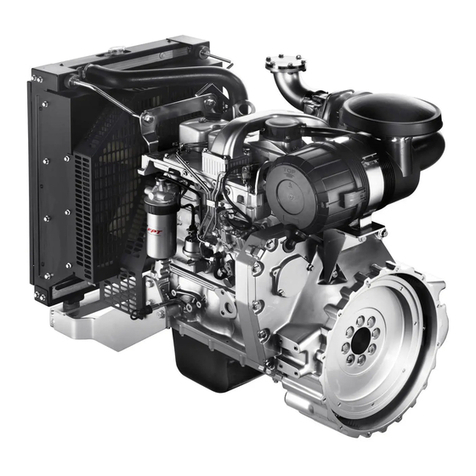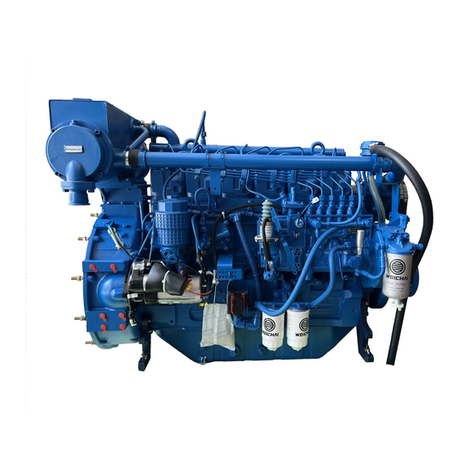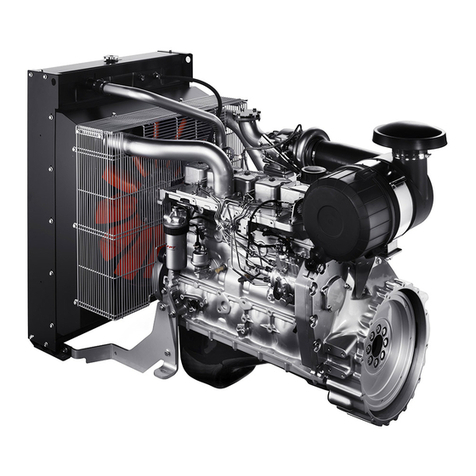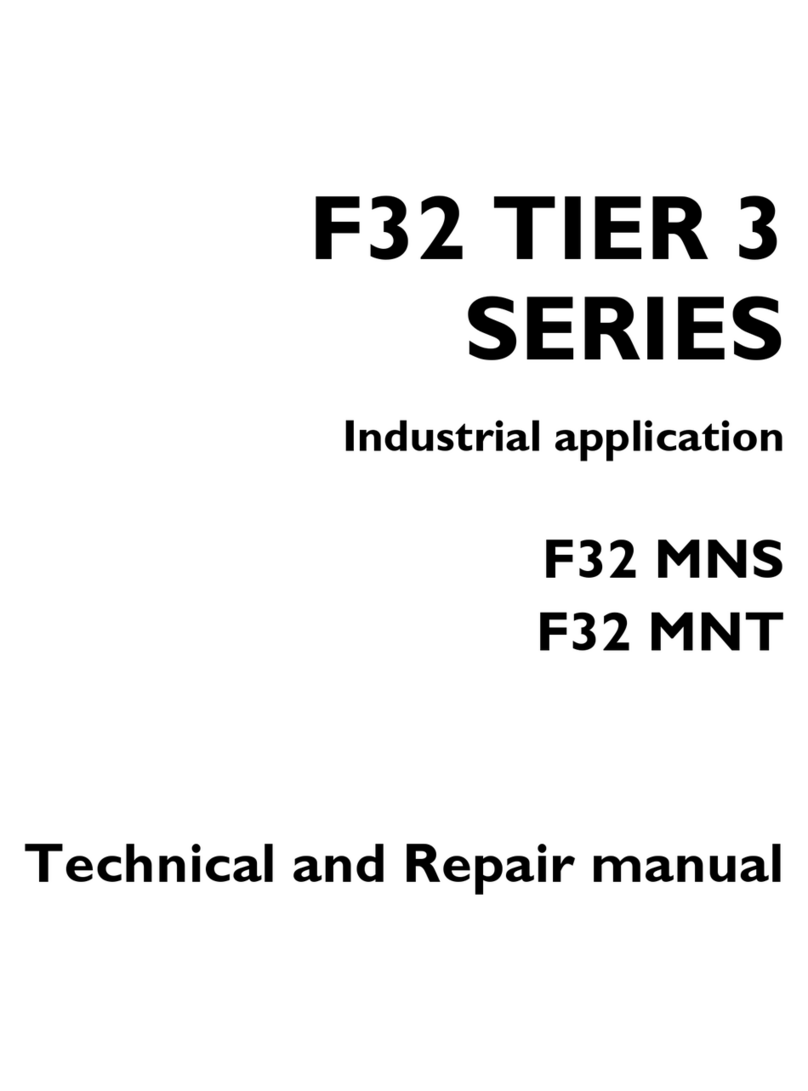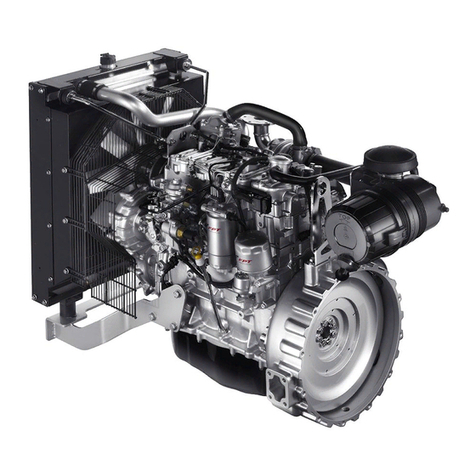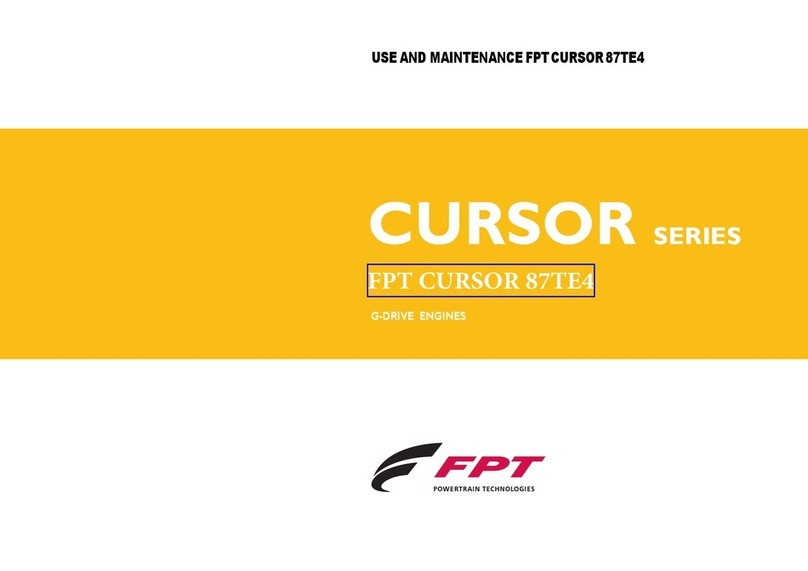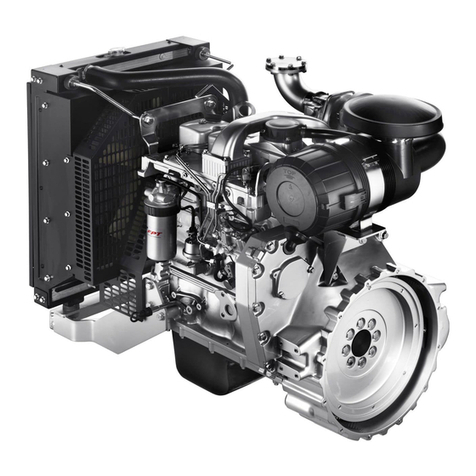
Publication edited by:
FPT Industrial S.p.A
Via Puglia 15, 10156 Torino, Italia
www.fptindustrial.com
Print P4D32C006 E - 1st Ed. 03.2015
This document provides data, specifications, instructions and
methods to perform repair interventions on the assembly and
its components.
Anyhow, this document is addressed to qualified and special-
ised personnel.
Before performing any intervention, check that the document
relating to the vehicle model on which the intervention is being
performed is available and also make sure that all accident pre-
vention devices, including but not limited to, goggles, helmet,
gloves, shoes, as well as work equipment, lifting and transport
equipment, etc., are available and efficient, and also make sure
that the vehicle is in safety conditions for intervention.
Making interventions strictly observing the indications given
here, as well as using specific equipment indicated, assures a
correct repair intervention, execution timing observance and
operators’ safety.
Each repair intervention must be finalised to the recovery of
functionality, efficiency and safety conditions that are provided
by Iveco.
Each intervention on the vehicle that is finalised to a modifica-
tion, alteration or anything else which has not been authorised
by FPT relieves FPT of any liability, and, in particular, where the
assembly is covered by a warranty, each intervention will
immediately invalidate the warranty.
FPT declines any liability for repair work.
FPT is available to provide any information necessary for the
implementation of the interventions and to provide instruc-
tions for any cases and situations not covered in this publica-
tion.
The data contained in this issue may not be up-to-date due to
possible modifications made by the Manufacturer for technical
or commercial reasons, or to adaptations required by laws in
force in different countries.
In the event of discordance between the information in this
publication and the actual assembly, please contact the FPT
network before performing any interventions.”
The complete or partial reproduction of the text or illustra-
tions herein is forbidden.
